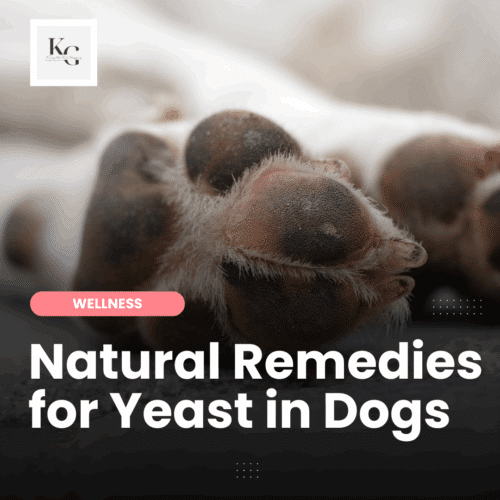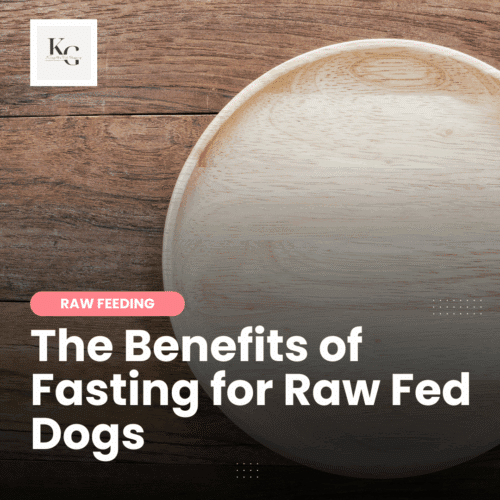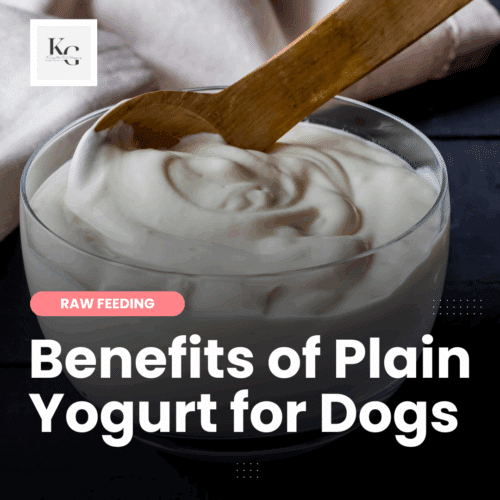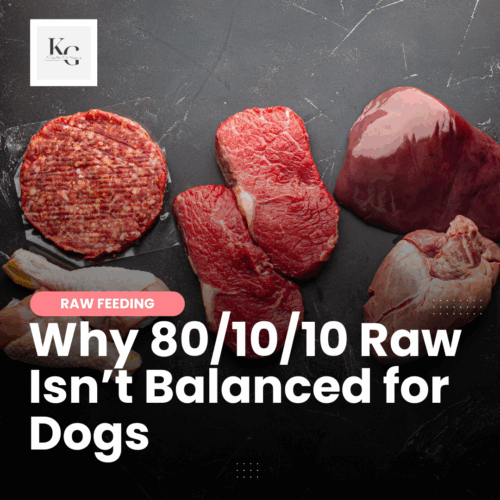Keep the Tail Wagging is supported by pet parents. I occasionally earn a commission (at no additional cost to you) when you click through an affiliate link to one of my favorite products. Thank you for your support. Read More
I recently completed the professional raw feeding course offered by the Billinghurst Institute. This review will cover the following to help pet parents make an informed decision about enrolling in this course:
- Summary of the course
- Who the course is for
- The curriculum covered in the course
- How long the course is and how long it took me to finish the course
- How the course compares to the ones offered by the Feed Real Institute
- My key takeaways from the course / the changes I made to my dogs’ diet
- If the course is for dogs or cats
But first, let’s talk about Dr. Ian Billinghurst
Who is Dr. Ian Billinghurst?
I’m confident that most people in the raw feeding community know Dr. Ian Billinghurst, an Australian veterinarian with over forty years of experience and a proponent of the raw food diet for pets. He is mainly known for advocating the Biologically Appropriate Raw Food (BARF) diet for dogs. He authored several books on pet nutrition, including “Give Your Dog a Bone” and “The BARF Diet.” Billinghurst advocates feeding dogs a diet that resembles what their ancestors would have eaten in the wild, emphasizing raw meat, bones, and vegetables. His work has had a significant impact on the pet food industry and has led to increased awareness of the benefits of raw food diets for pets.
What is the Billinghurst Institute?
The Billinghurst Institute was established in 2023 to provide education and training to make it easier for people to raise animals that live longer, healthier lives through nutrition. Its admirable vision is to transition 1,000,000 animals to a fresh-food diet by 2030.
Currently, the Institute offers two courses, weekly ask-me-anything style sessions with Dr. Billinghurst, and soon, the Institute will be offering business lessons.
- $297 – Course 1: for pet parents
- $797 – Course 2: pet professionals with certification (what I took)
The Billinghurst Institute will soon offer a course in business lessons, which will cover how to conduct consultations, manage email lists, set up a business, and more.
Course participants can also engage in the monthly Q&A sessions with Dr. Billinghurst at no additional cost.
Who is this Course For?
Although these courses can benefit all pet owners and professionals, I think people who want a straightforward path to feeding dogs and cats a raw food diet will love this course. This course resonated because I don't believe raw feeding should be complicated. I shouldn't stress out trying to make sure I've accounted for every macro/micronutrient as determined by the NRC or AAFCO.
While I respect the importance of balance, I believe there is more than one way to meet a dog's nutritional needs.
In my opinion, the following pet parents can benefit from this course:
- open to new information
- interested in learning from Dr. Ian Billinghurst
- trying to get past the fear of feeding their dogs a raw food diet
- pet professionals who want to help clients improve their pet's diet
If you go into this course with an open mind and trust that the information will all come together, you may find this is an excellent investment.
Summary of the Billinghurst Course
The professional raw feeding course is designed to educate pet owners, veterinarians, and pet professionals about the benefits of feeding a raw diet to pets.
The course covers topics such as the history of raw feeding, the principles of the Biologically Appropriate Raw Food (BARF) diet, the nutritional requirements of dogs and cats, sourcing and preparing raw food, feeding practices, and troubleshooting common issues that may arise when transitioning to a raw diet.
Participants learn about the importance of species-appropriate nutrition and how a raw diet can improve pets' health and well-being. The course aims to provide comprehensive knowledge and practical skills to support individuals in successfully implementing and maintaining a raw food diet for their pets.
Billinghurst Course Curriculum
The following list was taken from the course. While I was taking it, I would have appreciated more details for each part/topic. Eventually, I just fell into the groove of the course and went with it.
- Orientation
- Pre-Course
- Part 1 – Raw Basics
- Part 2 – Potential Dangers of Raw
- Part 3 – Nutrition – An Evolutionary Perspective
- Part 4 – Evolutionary Foods for Cats and Dogs
- Part 5 – Practical Raw Feeding for Dogs
- Part 6 – Raw for Cats
- Part 7 – Professional Raw (for raw feeding advocates)
- Part 8 – Raw Wrap Up
How Long is the Billinghurst Course?
The professional course has ten parts. Each part contains multiple topics that average 15 minutes each, for a total of 203 lessons and quizzes.
There is a lot of information, which can be daunting; I made it through a few topics of Part 1 several months before I completed it. When I returned in the summer of 2024, intending to finish the course before August 17, I wrapped up the remainder (197 lessons and quizzes) in twelve days.
I found it helpful to set the speed to 1.25 and multitask, listening to the course while doing other activities. The course starts slowly, but I found the information learned in the first few parts to be valuable, lending to my confidence that I’m correct in my choice to keep raw feeding simple.
Billinghurst Course vs. Feed Real Course
The Feed Real Institute courses focused more on balance, covering the macro and micro nutrients needed in a dog’s diet, while the Billinghurst Institute course takes a more basic path to feeding our dogs. Many of the topics in both courses align; however, the courses these organizations offer aren’t apples to apples.
For example, the Feed Real Institute courses helped me understand the benefits of various nutrients and how they interact. The Billinghurst Institute course gave me the confidence to feed my dogs without leaning on a recipe, spreadsheet, or software. I’ve never agreed with the pressure to balance every nutrient and fat in a dog’s diet – through this course, I feel more confident that I’m meeting my dogs’ needs simply by feeding them fresh food.
I did appreciate the audio delivery of the Billinghurst course, as it allowed me to listen while doing other things. This made it easier to get through the course and connect the information from each part to get the whole picture.
My favorite moments in the course were when Dr. Billinghurst jovially dismissed many of the beliefs we’ve adopted in the raw feeding community, such as:
- 80 10 10
- Weighing our dogs and feeding a percentage of that weight.
- Treating the heart as muscle meat and not an organ.
- The requirement for multiple secreting organs.
- Balancing a dog’s raw diet based on AAFCO and FEDIEF guidelines.
In my opinion, raw feeding shouldn’t be complicated. We don’t need a degree in canine nutrition to feed our dogs. Granted, dropping a pound of ground beef in the bowl and calling it good isn’t appropriate, but mixing that ground beef with chicken heart, liver, and wings and adding some pureed vegetables to mimic the stomach content of prey may be appropriate for many dogs.
The best part of the course was a meal prep demonstration by Dr. Ian Billinghurst, which was more straightforward than my process.
Takeaways from the Billinghurst Course
I learned several ways to simplify and improve a dog's diet. Dr. Billinghurst did a great job streamlining raw feeding with a raw pyramid that helps us visualize how to put together a meal.
Other takeaways include:
Decreasing the base mix. I puree and freeze vegetables from my garden for my dogs. I will reduce the base mix to ½ cup and mix my pureed vegetables into my raw blends. This will make raw feeding easier and decrease the cost by decreasing my dependency on a base mix.
I can stop searching for more secreting organs. I have friends who are homesteaders and give me the organs. I mainly get the heart (a muscular organ), liver, and kidneys. Sometimes, I’m able to score the spleen as well. I'm satisfied with this variety.
Feed more raw meaty bones. Dogs can eat a diet high in raw meaty bones and remain in perfect health. Last year, I began feeding a meal of raw meaty bones several days a week. I will return to this diet, feeding more poultry feet, necks, and backs because they're the easiest RMBs to source affordably, and my dogs do well and don't experience constipation with this diet.
Add more veggie mix to Zoey’s meals to treat arthritis inflammation. I've added more leafy greens for weight loss in the past but completely ignored all the other benefits. Leafy greens are high in antioxidants and contain calcium and Vitamin C for bone health and Vitamin A for eye health. They support the gut and immune system and reduce chronic inflammation. I began replacing two ounces of food with my homemade vegetable mix.
The ratios are just a guideline. I've always known this, but it's nice to hear it from Dr. Billinghurst, who repeatedly reminds us that the percentages are fluid because what we add to the bowl and how much we feed our dogs depends on each dog.
Veterinarians are trained to diagnose, not prevent. With the rising costs of veterinarian services, I stopped taking my dogs in for annual blood work, choosing instead to trust the diet to work, focus on my dog's gut health and immune system, and know my dogs. I'll now go to the veterinarian when there's a need.
Billinghurst Course: Dogs vs. Cats
While Dr. Billinghurst does discuss dogs and cats, I believe this course may benefit dog owners more. This may be my bias as I went into this course to learn how to improve the raw diet for my dogs. I did learn more about cats, including:
- why their urine is so concentrated
- more information on the impact of kibble on a cat's health
- details on the difference between dogs and cats on the carnivore spectrum
Final Thoughts on the Billinghurst Course
The course started slowly, but once I increased the speed to 1.25 and began listening while doing other activities (walking, gardening, mowing, etc.), it went by quickly, and I finished the course in twelve days.
The Billinghurst professional raw feeding course gave me the confidence that I'm on the right track with my dogs' diet.







It’s a really great course. Slow in the beginning, but then it picks up. I love that he keeps things simple.
Nicely balanced review. Thanks for detailing all the helpful aspects. I knew I was interested in the professional course and you confirmed it. He also confirms many of my beliefs that some take it too far and make feeding too complicated.
Great article ! ?
I did Dr. B. “Pet Parents” course and loved it! I put the spreadsheet aside and added more RMB into her meal. Purée her veggies and fruits also. It ends up to be so much more simple this way! ?